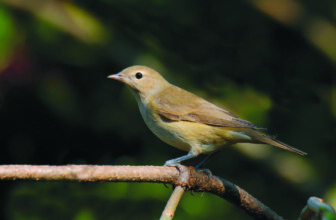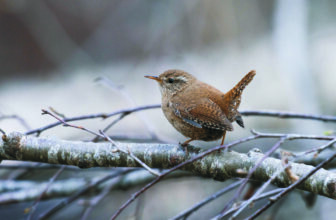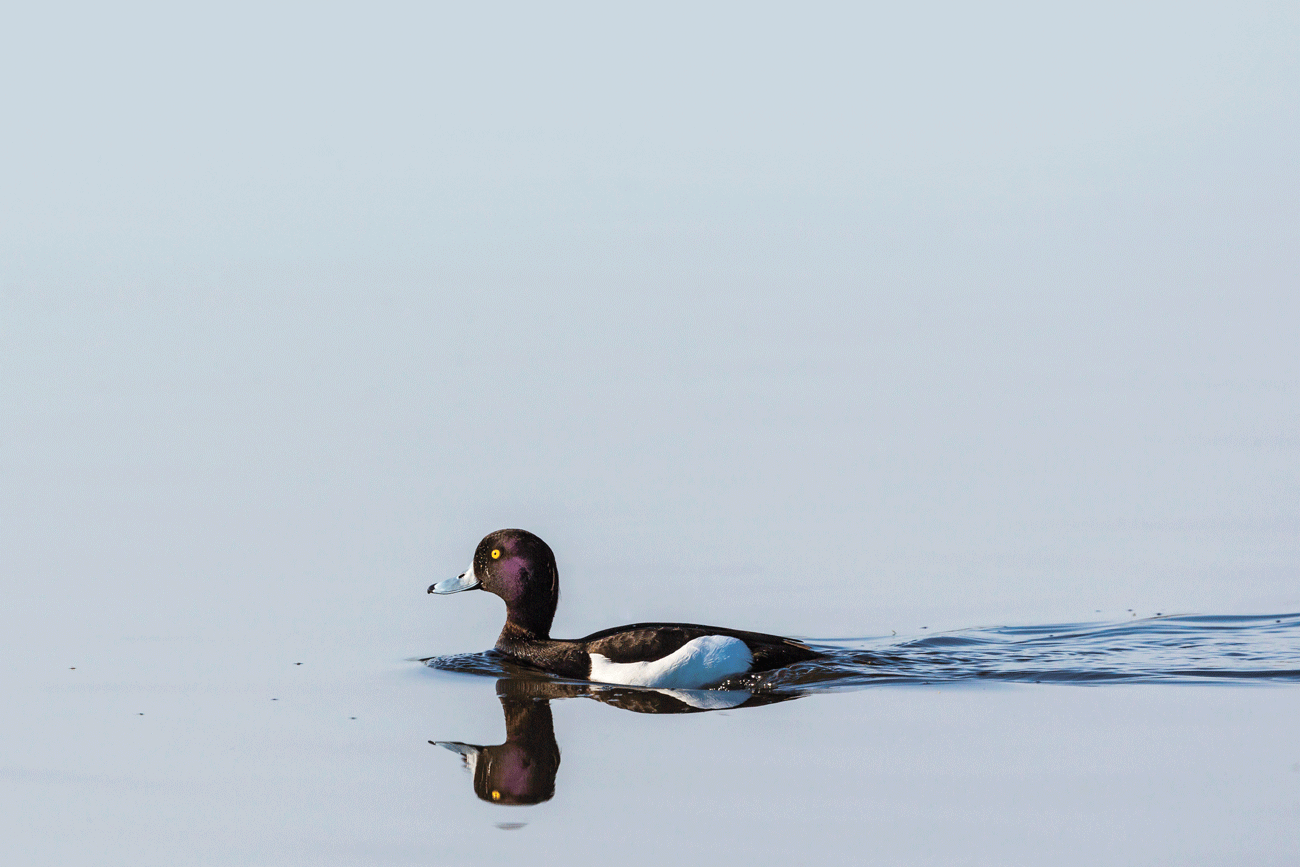
Seeing something you consider remarkable when you are into birds has much to do with where you are and when you see it.
A Moorhen on your local pond might be pleasing although you’d probably not get too excited. But if one turned up in your garden, well away from any water, then you might give it a mention.
This has happened only once in my back garden and I was much amused to see it bathing in both a bird bath and an old saucepan before it strutted off in the rain.
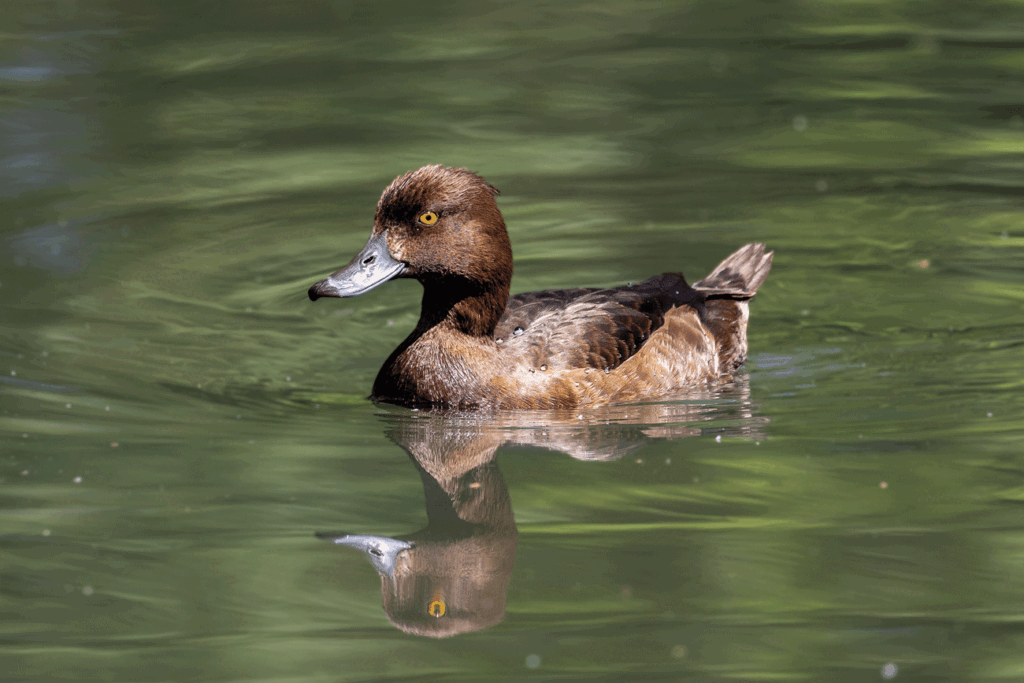
Similarly, an Avocet at the RSPB’s Minsmere reserve would barely raise much comment but if someone found one on a flooded field in Cranleigh then, as far as I am aware, it would be a village ‘first’ and attract considerable attention.
This month I’m in celebration mode because I’ve found another surprise. Or rather it found me – very briefly. I never expected to write about the Tufted Duck in this column but the context in which I saw one recently gives me a good excuse.
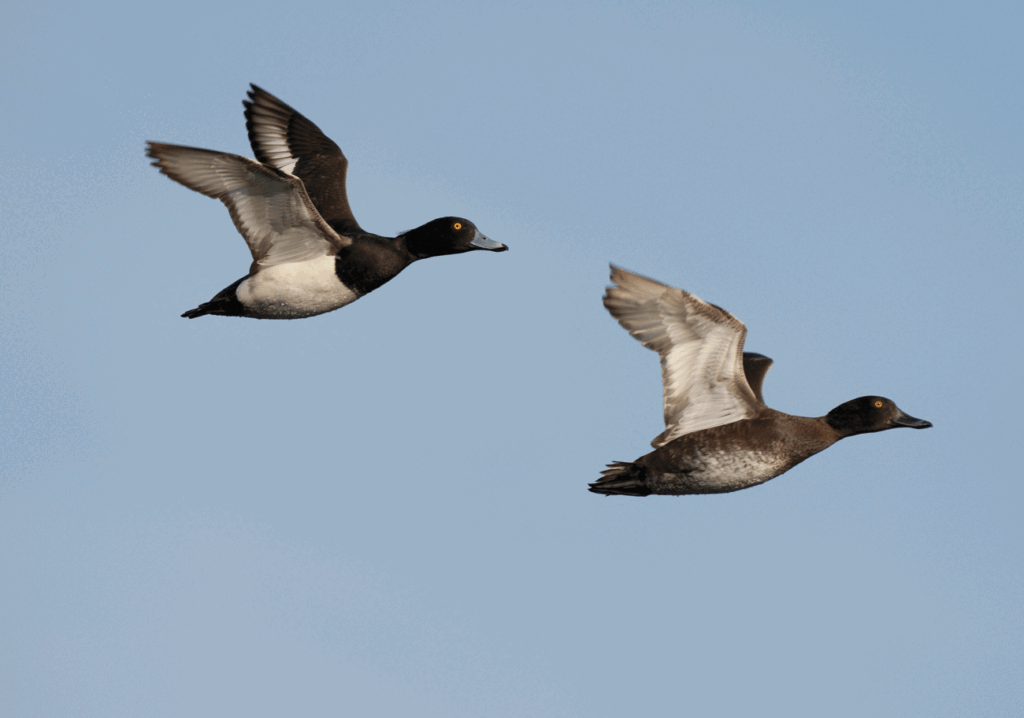
Our most common duck after the Mallard is a scarce local resident and breeder around our ponds in the summer and its numbers are supplemented in the winter by an influx of its species visiting from the north.
Not a garden bird then. I had often expected one to fly over my house with all the noisy Canada and Greylag Geese we get night and morning in the Autumn but without success.
However I just happened to look up the other day and saw a pair whoosh over at high speed. Blink and I could have missed them.
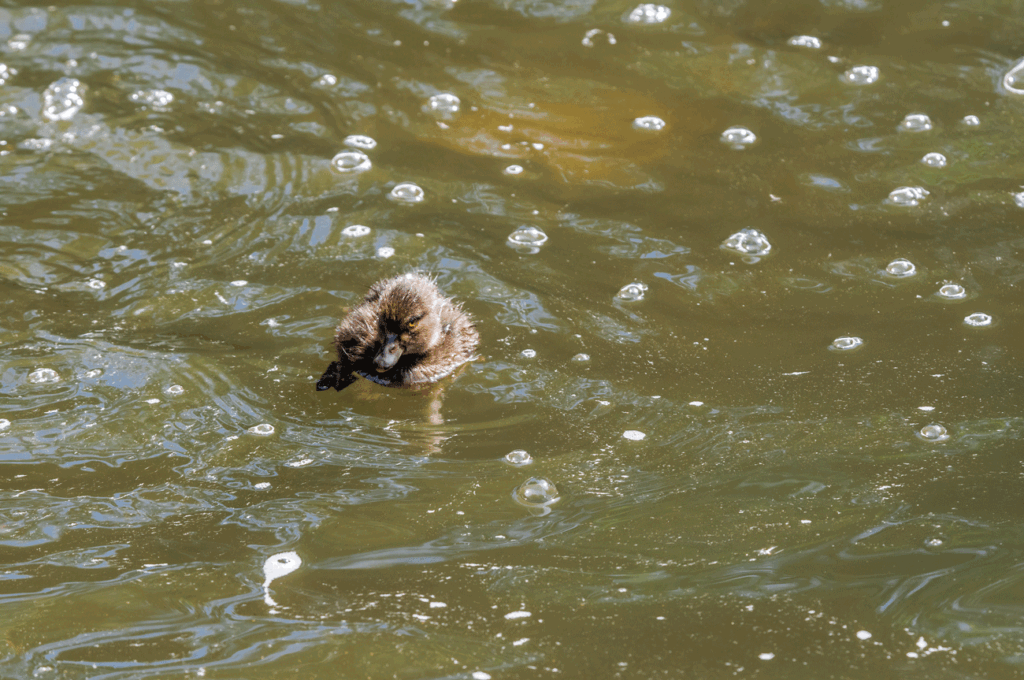
Love a duck! Lucky me at last. Shhh… but it only took 37 years to observe a Tufted Duck from the garden. And now I’d got two.
I’d seen or heard as many as 109 species of bird in or from my garden in that time and now I’d finally clocked one of the commonest ones I was missing to get me to 110. I’d broken my duck and hit a magic milestone.
So the humble Tufted Duck is now exalted in my mind because of the context in which I saw it, or them. You might not get so excited seeing a ‘Tufty’ but there’s now a better chance than there used to be.
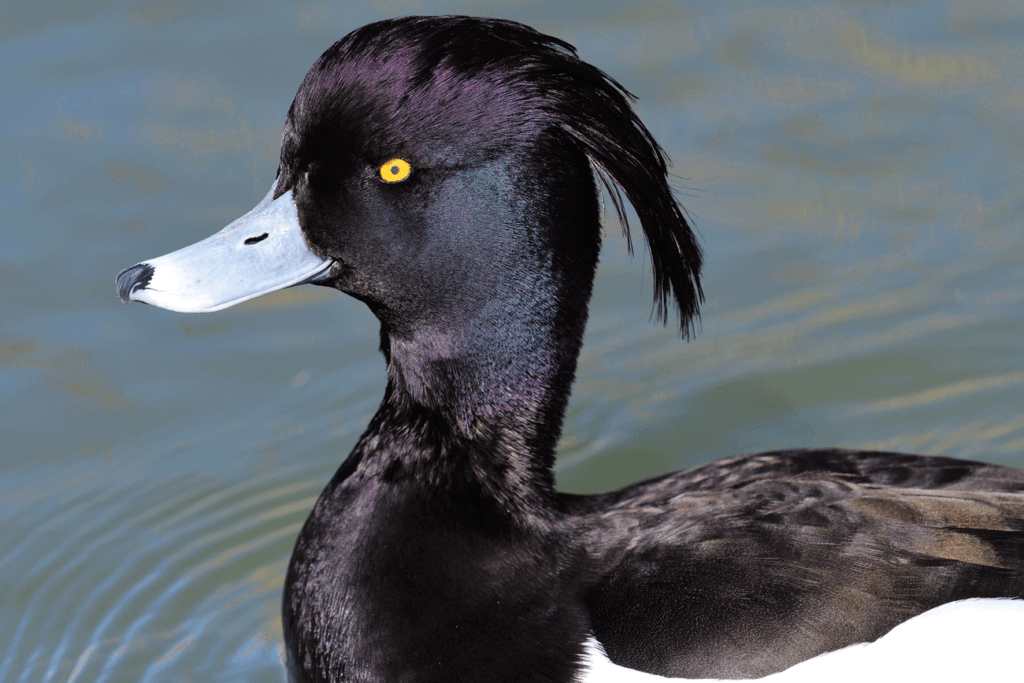
A pair of these diving ducks moved on to the Knowle Park Trust’s lake in Cranleigh back in April and have been occasional visitors since.
Tufted Duck are noticeably smaller than the ubiquitous Mallard and can pop up unexpectedly with a startled expression in their ‘yellow button’ eyes. Then they may disappear quickly to continue feeding deep underwater.
The forehead head is distinctively shaped round but evens out on the crown. Both sexes have obvious tufts in breeding plumage. The male’s is like a long ponytail.
Give it a casual glance and the fella appears to be just black and white. But, as we know, things are often not so clear cut.
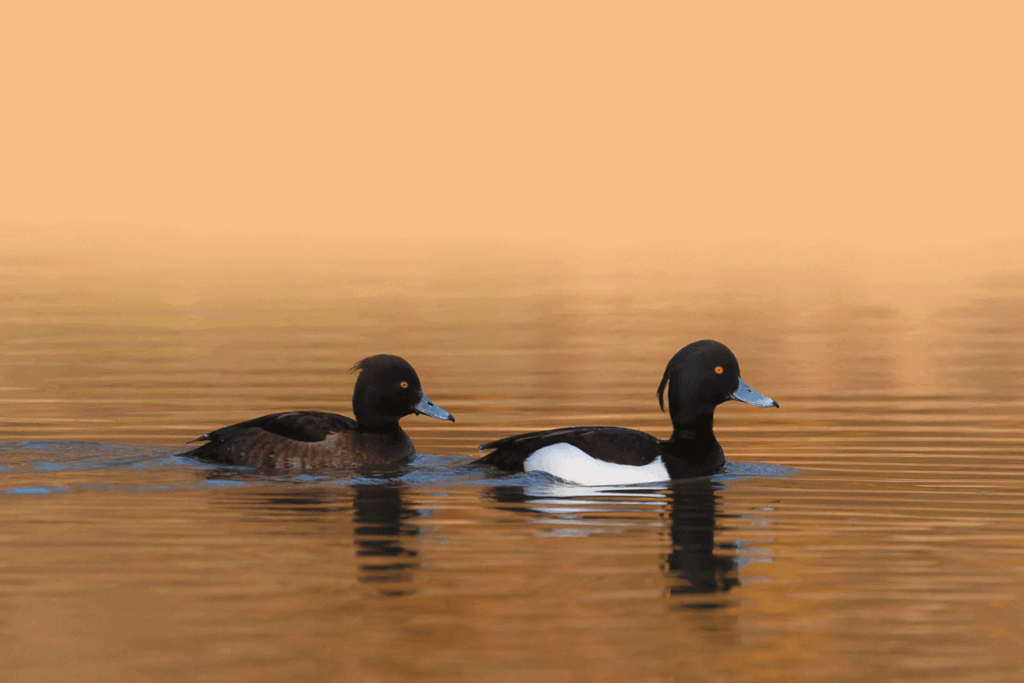
Yes, they are black birds with white flanks and belly, white underwings and a thick white stripe across the back of the wings. Close up, though, the glossy black head reveals a subtle and beautiful blueish, green and purple hue.
When breeding is done the male is much drabber, the tuft recedes, and he looks much more like the varied brownish female. They may then attract less attention of course but I always try and identify every individual.
This paid off handsomely once when I found a similar American bird – Surrey’s third ever Ring-necked Duck – spending the winter with them.




